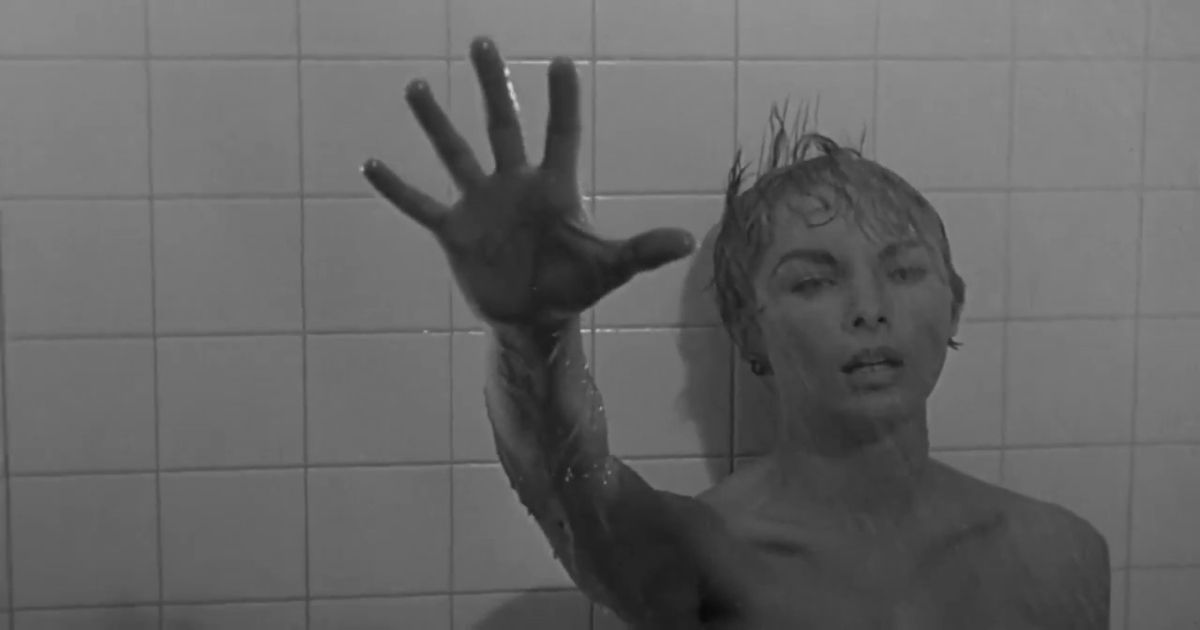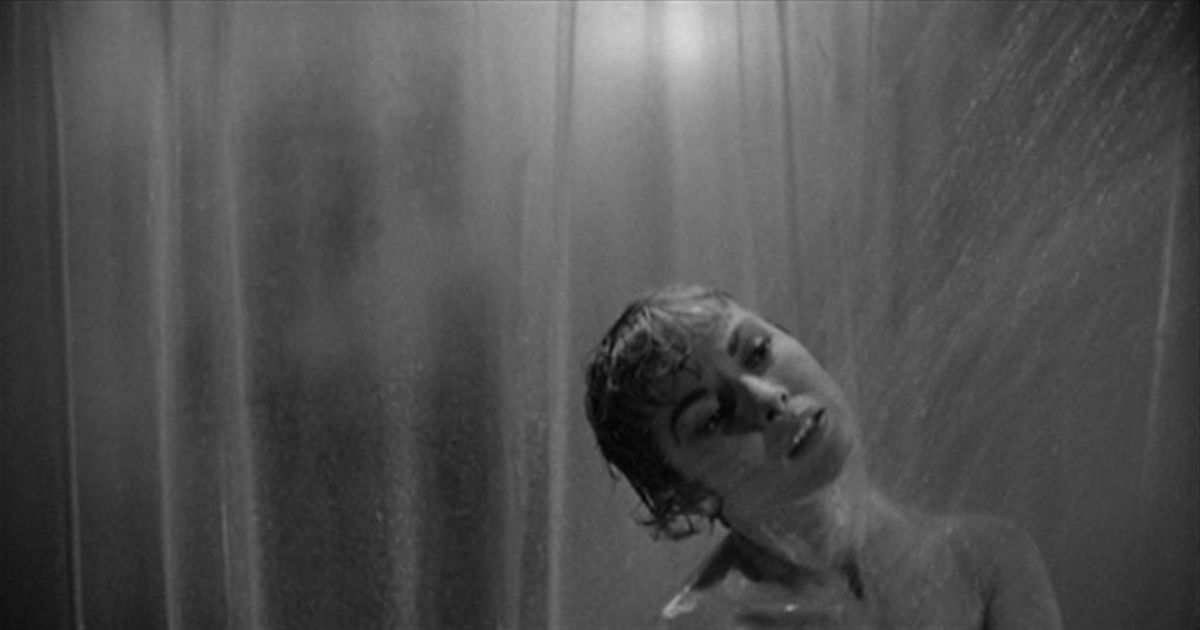Considered the master of suspense, Alfred Hitchcock has more than contributed to the cinematic understanding of horror. Rather, he has defined it. Alfred Hitchcock believed that mystery and suspense worked in tandem, that what the audience knows, and the characters do not, solicits the mystery while what the character knows that the audience does not, evokes suspense.
Consequently, it is Hitchcock's ability to hold the audience in the threshold of fear, capturing them in the rapture of sublime wanton daemonic dread, the awe or awe-fullness of not knowing what is going to happen next while at the same time expecting it, that is hallmark of his movie making and what holds the moviegoer frozen in their seat and space.
Alfred Hitchcock has 53 films credited to his name. However, one movie in particular goes down in the annals of filmmaking, specifically for mystery, suspense, and horror: Psycho. Ultimately, Psycho is one of Hitchcock's most memorable movies that also contains one of his most memorable scenes - the shower scene with Marion Crane.
The filming of that scene, and subsequently, the lore created behind it has become legendary. But what all went into making that scene happen? How did Alfred Hitchcock create such a matchless and timeless scene? Some believe it's cinematic magic. Yet, even magic can be understood. Here's how the master of suspense created the shower scene in Psycho.
For Hitchcock, Every Scene Is About Mood
Cinema is an experience unlike any other medium when it comes right down to it. The suspension of disbelief that each moviegoer subjects themselves to, allows for reality to bend towards the possible, and it really comes down to filming the right shot.
For Alfred Hitchcock, bringing the story of a shy and awkward hotel owner, Norman Bates, and a chance encounter with a mysterious beautiful woman, Marion Crane, who stays a night in the same hotel and the impending search by an investigator and the woman's sister after she goes missing, a story adapted from Robert Bloch's 1959 novel, Psycho, to life is about getting the right shot to capture the mood and emotion of each scene. Hitchcock believed that it was a waste of a shot when the camera didn't capture some aspect or part of a character, that there was no chance of the story moving forward without such.
It Was Important to Make Sure the Camera Followed the Characters
For the shower scene, it was about getting the audience to envision themselves in Marion Crane's place. Alfred Hitchcock used close-up shots of the actor's body and the blade separately. He then put them together in a mash and mix, a kind of flash-montage, to make the feeling of what was happening to the character's body feel real and visceral.
The power of the shower scene is found in how the body and blade are explored. The focus is on the character not the setting. This allows for the human perspective to interact with itself from audience to the characters in the movie, thus, engendering the moviegoer to see what's occurring within the movie through the eyes of film itself, which is embodied in each character present on the screen. So, when Marion Crane is in the shower, every watching eye brings that individual into the shower with her, and when the blade is seen, then her body, it is also the body of viewers. Hitchcock's purpose here is transposition, and it is masterfully done through the creative placement of shots.
The shower scene in Psycho is meant to be chilling. In order to capture that mood and atmosphere, the result from the shots of the character's body and the killer's blade, culminates in the spilling of blood. Seeing the blood swirl down the drain is an important moment of that shower scene as it brings the killer's actions and Marion Crane's reception of those actions to ending point.
Hershey's Syrup Was Used to Create the Blood
For audiences, the blood going down the drain is a signal that she's dead, that the deed was done, which brings about a finality not only for the character but the scene itself. Interestingly enough, Alfred Hitchcock chose to use Hershey's syrup as opposed to ketchup or some other kind of red food coloring to simulate the blood. The decision was based on how the Hershey's syrup would look on screen versus others. For black and white film, the chocolate syrup would appear darker than anything else, which would be visually more stimulating for audiences.
Overall, Alfred Hitchcock's approach to filmmaking is evident in how he chose to shoot the shower scene. His film theory is a constitution of what it means to get the right shots to tell the story, in moments, and the creativity that goes into capturing each shot and the purpose behind it that, ultimately, will be transferred to the audience and how they will experience what's on the screen.



